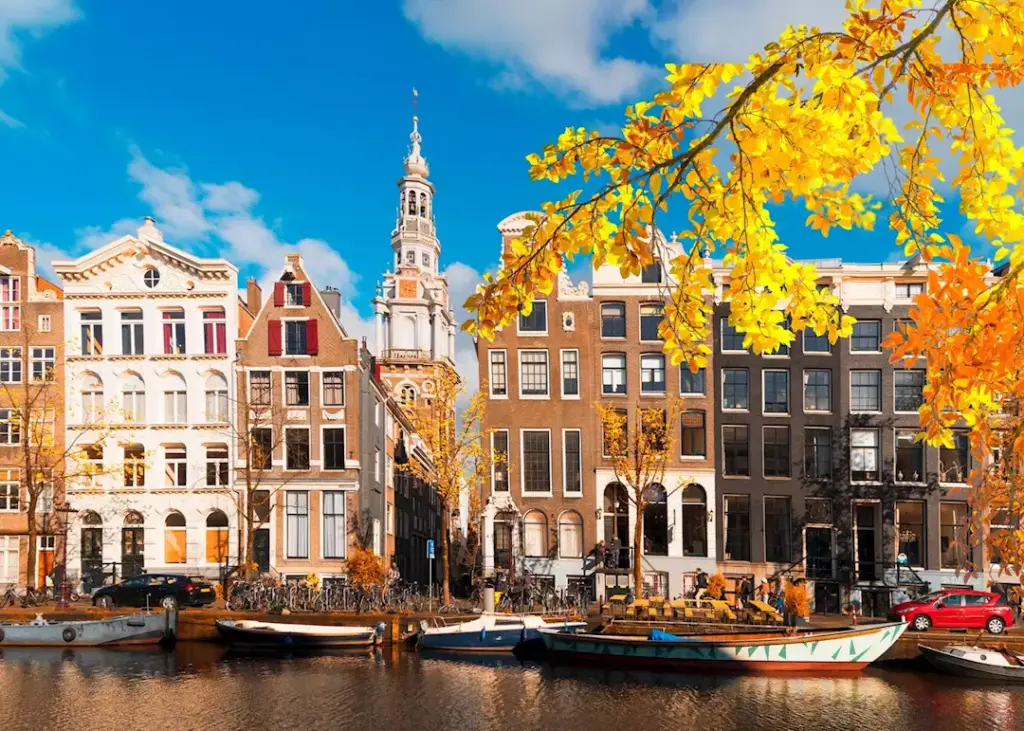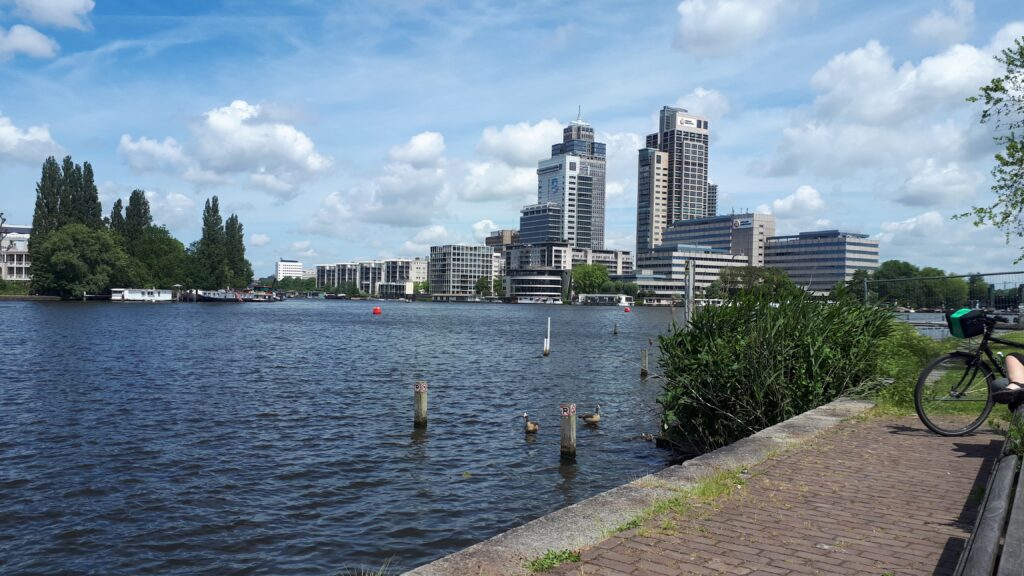Amsterdam is a vibrant, picturesque city renowned worldwide for its iconic canals, historic architecture, world-class museums, and laid-back culture. I’ve always found Amsterdam to be a city that effortlessly blends rich history with a thriving contemporary art scene and an authentic local vibe.
Its unique charm lies in the way you can stroll beside peaceful canals one moment and dive into bustling markets or cozy brown cafes the next. Having spent quite some time exploring this city, I can confidently say Amsterdam offers something truly special for every traveler.
This itinerary is tailored for first-time visitors who want to experience the best of Amsterdam’s culture, food, history, and neighborhoods without feeling rushed. Whether you’re a culture lover, a foodie, or simply someone wanting to soak in the city’s charm, you’ll find a balanced mix of iconic sights and off-the-beaten-path gems here.
I’ve also included practical tips to help you avoid crowds, navigate the city like a local, and make the most of your three days in Amsterdam.
Based on extensive local knowledge and insights from expert sources, this guide ensures you get an authentic and comprehensive experience. Ready to dive into Amsterdam’s timeless allure?
Let’s get started!
Pre-Trip Information
How Many Days You Need in Amsterdam
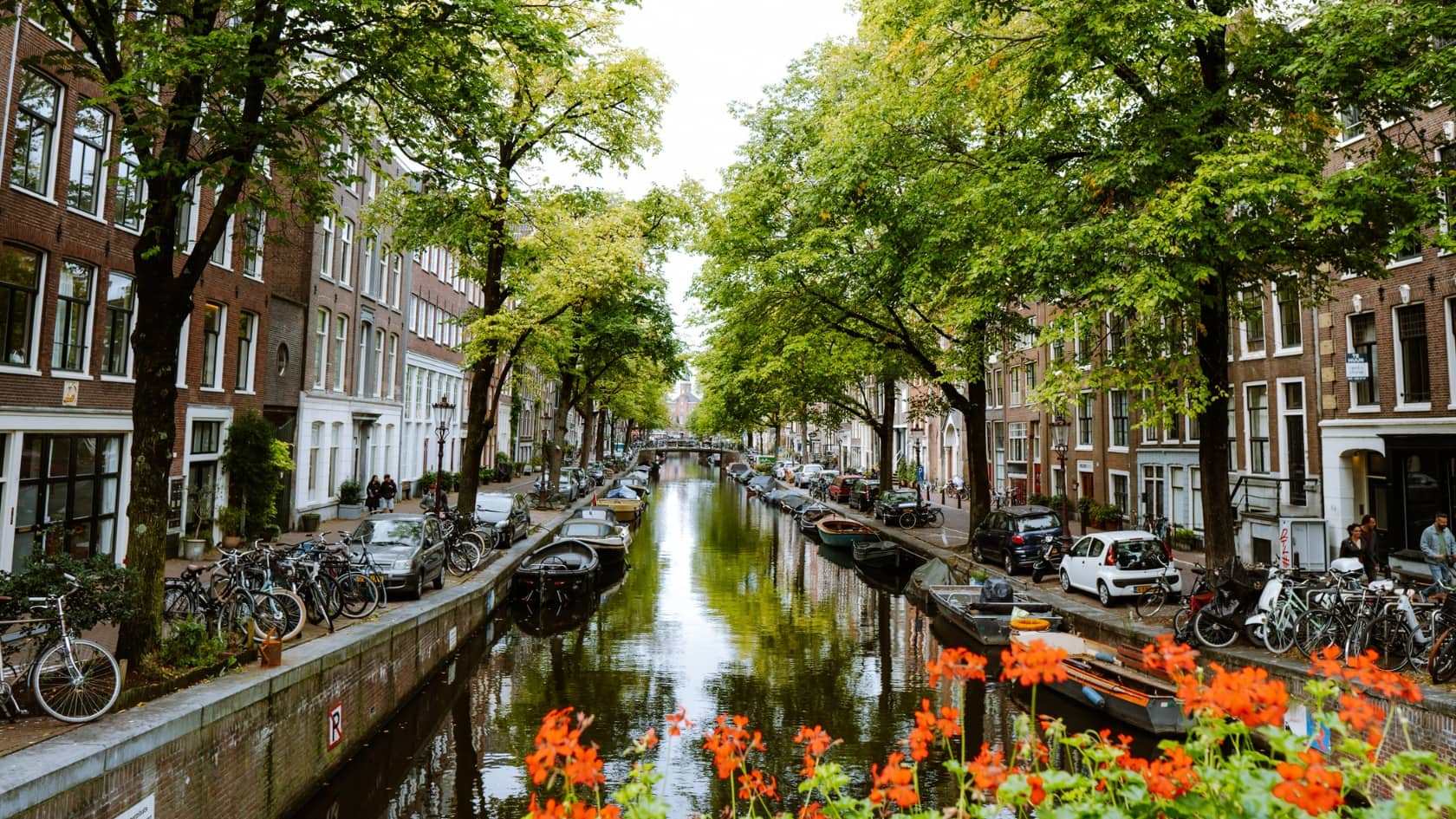
Three full days in Amsterdam offer the perfect balance between seeing the city’s major attractions and enjoying local experiences without feeling rushed. Amsterdam’s compact city center allows you to cover a lot on foot, bike, or using public transport, making it ideal for a well-paced visit.
While two days can hit the highlights, three days give you time to explore neighborhoods, museums, canals, and parks thoroughly. For shorter stays, a one-day itinerary focusing on must-sees is possible, but longer visits allow for day trips to nearby towns, deeper cultural immersion, and a more relaxed pace.
Best Time to Visit Amsterdam

Amsterdam is enchanting year-round, but the best seasons to visit are spring and fall. Spring, especially from mid-March to mid-May, brings the famous tulip season, vibrant flowers, and mild weather perfect for outdoor activities.
Fall offers cooler weather with colorful foliage enhancing the city’s charm. Shoulder seasons (late April to early June and September to October) combine pleasant weather with fewer crowds.
Summer, while lively, can be crowded and more expensive, so it’s wise to avoid peak tourist months if you want a quieter experience. Always pack layers and a raincoat, as Dutch weather can be unpredictable, with occasional rain showers.
Getting to Amsterdam
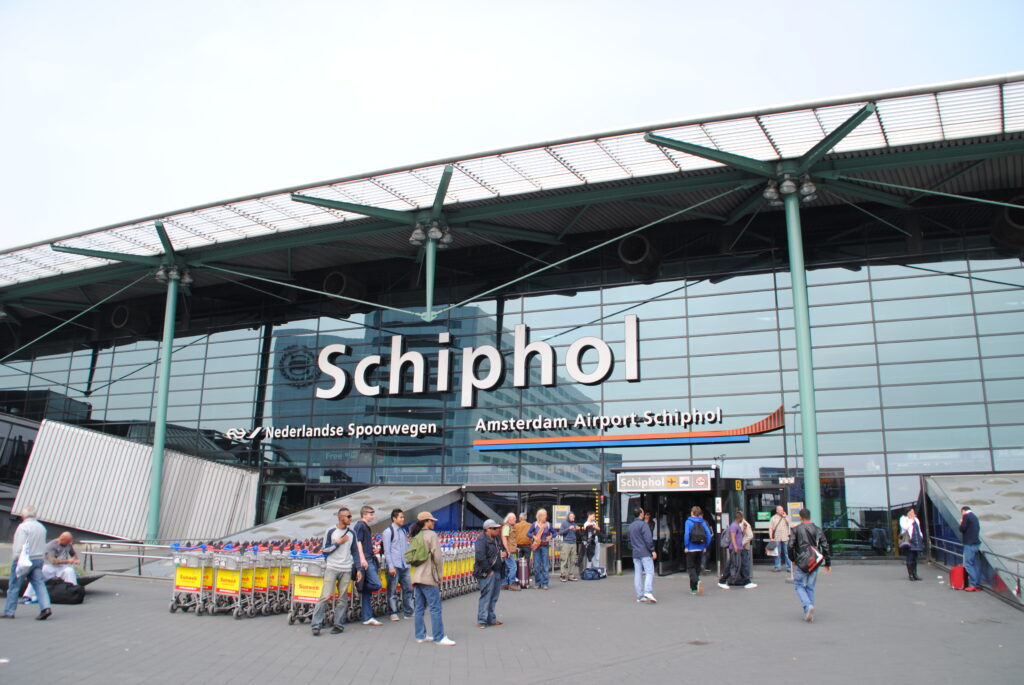
Tickets can be bought from machines or counters at the airport; using a contactless card is convenient for seamless access. Alternatively, taxis, Uber, and airport shuttles are available but cost more.
Navigating from Schiphol is straightforward, with clear signage directing you to the train platforms below the arrivals hall. For ease, consider purchasing your transport tickets ahead or use an OV-Chipkaart for integrated travel.
Getting Around Amsterdam
Walking in Amsterdam

Amsterdam’s main gateway is Schiphol Airport, one of Europe’s busiest and best-connected airports. From Schiphol, frequent trains run directly to Amsterdam Centraal Station, taking about 15-20 minutes.
Amsterdam’s city center is compact and pedestrian-friendly, making walking one of the best ways to explore. The scenic canals, historic houses, and charming streets are best enjoyed at a leisurely pace on foot.
However, be cautious around bike lanes and tram tracks, as cyclists and trams frequently pass through narrow streets. Stay on sidewalks and watch out especially at intersections.
Walking is ideal for short distances and discovering hidden gems tucked away from main tourist routes.
Bicycling in Amsterdam

Bicycling is an iconic part of Amsterdam’s culture, with more bikes than residents. The city is equipped with extensive, safe bike lanes and bike-friendly traffic signals.
Renting a bike is a great way to cover more ground and experience the city like a local. Recommended bike rental companies include Mike’s Bike Tours and Black Bikes, which offer quality bikes and helpful advice.
Remember to follow local cycling etiquette: use bike bells, stay in designated lanes, avoid riding on sidewalks, and park only in marked areas. Always lock your bike securely to avoid theft.
Public Transport
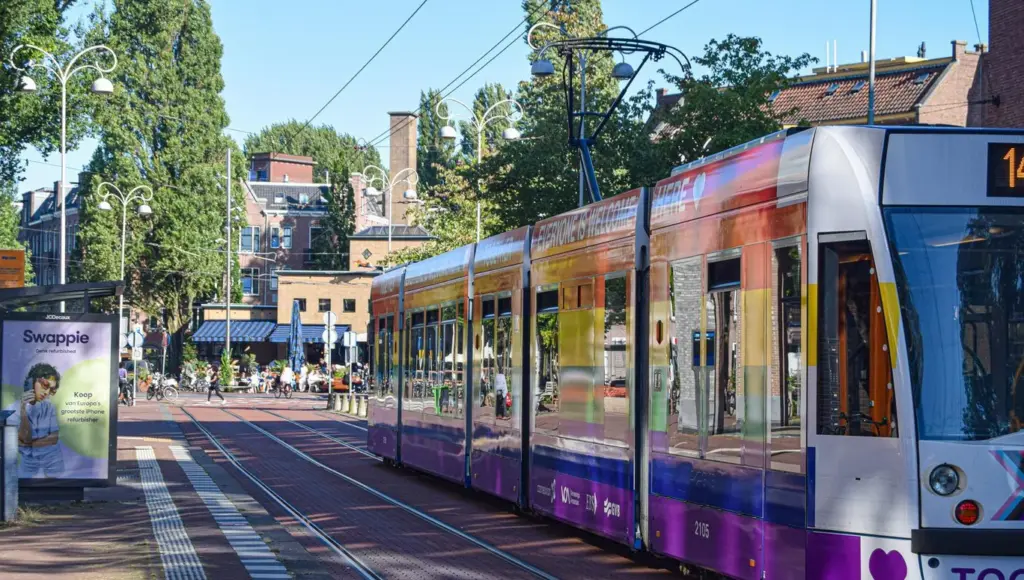
Amsterdam’s public transport network, operated by GVB, includes trams, buses, ferries, and trains. Trams are the most popular for city travel, offering frequent service connecting major neighborhoods and attractions.
Buses and ferries cover areas beyond the reach of trams, including Amsterdam Noord. For ease, use a GVB card or an OV-Chipkaart, which can be loaded with credit or travel passes.
Tickets must be purchased before boarding or validated on the vehicle. Multi-day passes provide value for visitors planning extensive transport use.
Canal Boats and Ferries

Amsterdam’s canals are central to its identity, and exploring them by boat is a must. Options include group canal cruises, private boat rentals, and specialty tours featuring cheese, wine, or dinner.
Group tours typically cost 20-25 EUR and last about an hour. Private rentals start around 50 EUR per hour, offering a more intimate experience with the flexibility to bring your own food and drinks.
The free ferry across the IJ River connects Centraal Station with Amsterdam Noord, running continuously and accommodating bikes and pedestrians. This provides a scenic and efficient way to access the northern part of the city.
Where to Stay in Amsterdam
Jordaan Neighborhood
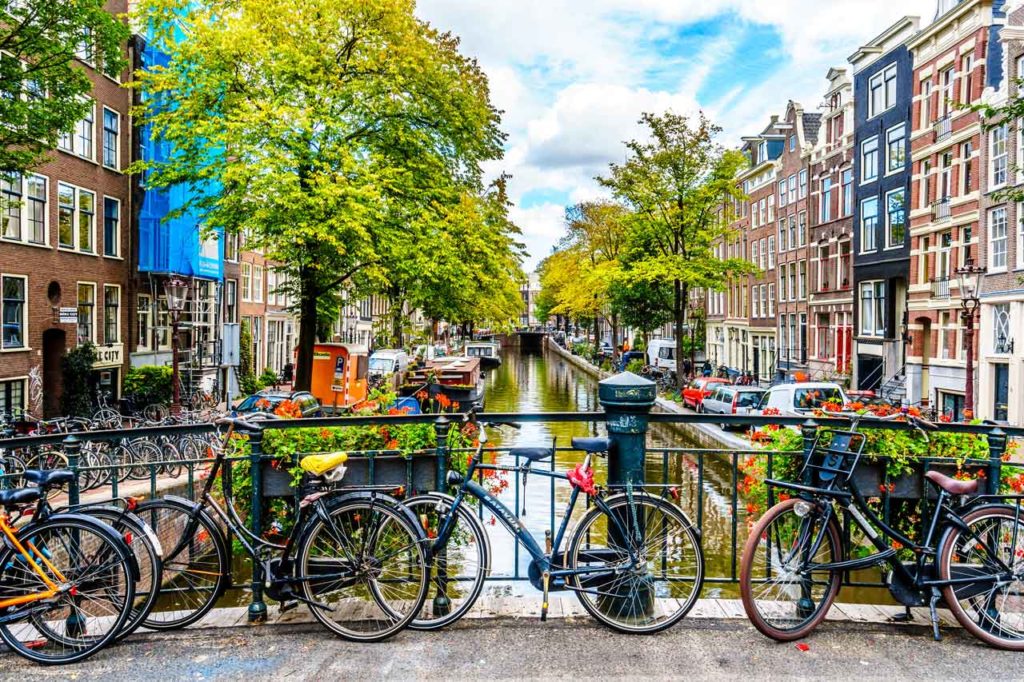
The Jordaan is a historic, artsy, and relatively quiet neighborhood located just west of the city center. Once a working-class area, it has transformed into one of Amsterdam’s most desirable places to stay.
Jordaan offers picturesque canals, narrow cobblestone streets, independent boutiques, art galleries, and cozy cafes. This neighborhood exudes a local atmosphere while still being centrally located.
Recommended hotels include the elegant Pulitzer Amsterdam, featuring canal-front views, and the trendy The Hoxton, known for its boutique charm. Jordaan is ideal for travelers seeking a blend of culture, tranquility, and accessibility.
Museumplein Area
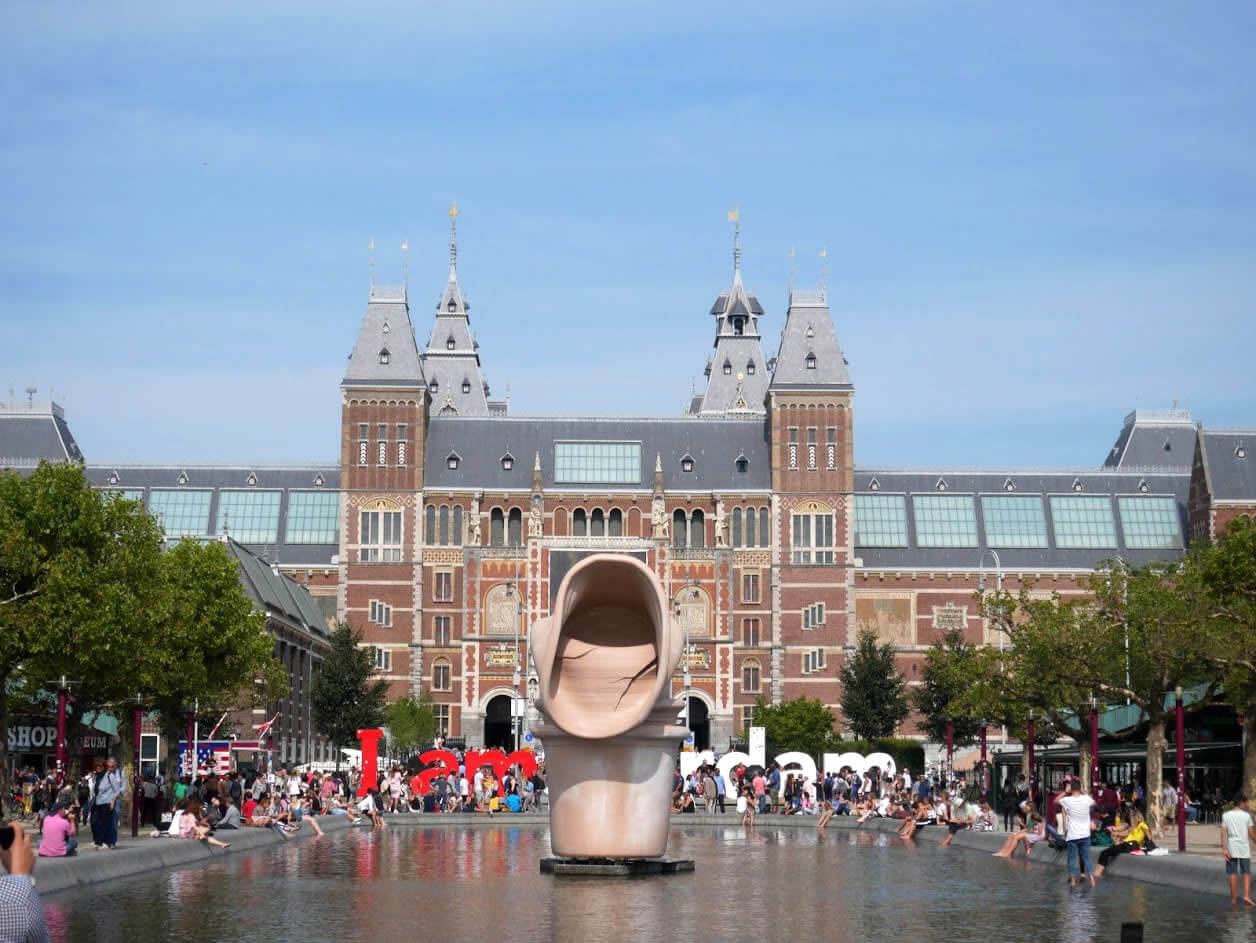
Museumplein is home to Amsterdam’s most famous museums, including the Van Gogh Museum and Rijksmuseum. It’s a more upscale neighborhood with green spaces, such as the expansive Vondelpark, perfect for relaxation.
Hotels like the luxurious Conservatorium and the stylish Park Centraal offer refined accommodations close to these cultural gems. Museumplein is suitable for travelers prioritizing easy access to world-class art and a peaceful environment amidst the city’s hustle.
City Center and Dam Square Area

For those wanting to be at the heart of the action, the City Center around Dam Square is ideal. This bustling area is close to the Royal Palace, major shopping streets, and lively markets.
It offers a wide range of hotel options, from the upscale Andaz Amsterdam to the historic Sofitel Legend The Grand. Staying here means you’ll be within walking distance of many top attractions and have access to vibrant nightlife and dining options.
De Pijp and Eastern Docklands
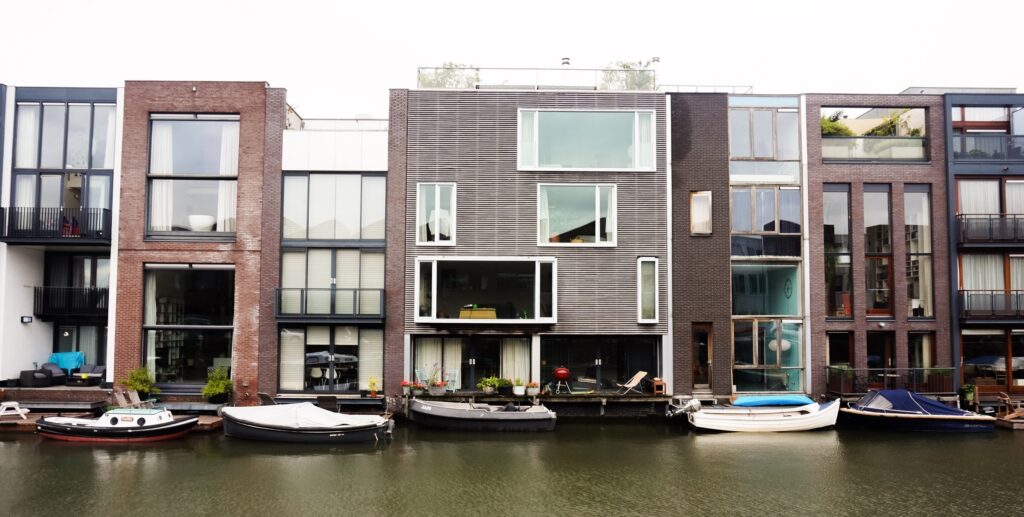
De Pijp offers a bohemian vibe with its multicultural atmosphere, bustling street markets like the Albert Cuyp Market, and a diverse selection of restaurants and cafes. The neighborhood is lively and less touristy, appealing to foodies and those seeking a local experience.
Nearby Eastern Docklands is more modern, featuring contemporary architecture and waterfront promenades. Accommodations here are well connected by tram and provide a quieter alternative to the city center.
Budget Accommodations

Travelers on a budget can find good options in hostels like Stayokay and Generator Amsterdam, both offering social atmospheres and central locations. For a unique experience, CityHub provides capsule-style hotel rooms with modern amenities.
These options are ideal for solo travelers, backpackers, or anyone looking to save without sacrificing comfort or location.
Important Tips for Visiting Amsterdam
Booking Tickets in Advance

Amsterdam’s most popular attractions, including the Anne Frank House, Van Gogh Museum, Rijksmuseum, and Heineken Experience, require advance ticket purchase. Tickets often sell out weeks ahead, especially during peak seasons.
It’s advisable to buy timed-entry tickets online as soon as they become available to avoid long queues and disappointment. Combining tickets with canal tours or guided experiences can also offer savings and convenience.
Avoiding Crowds
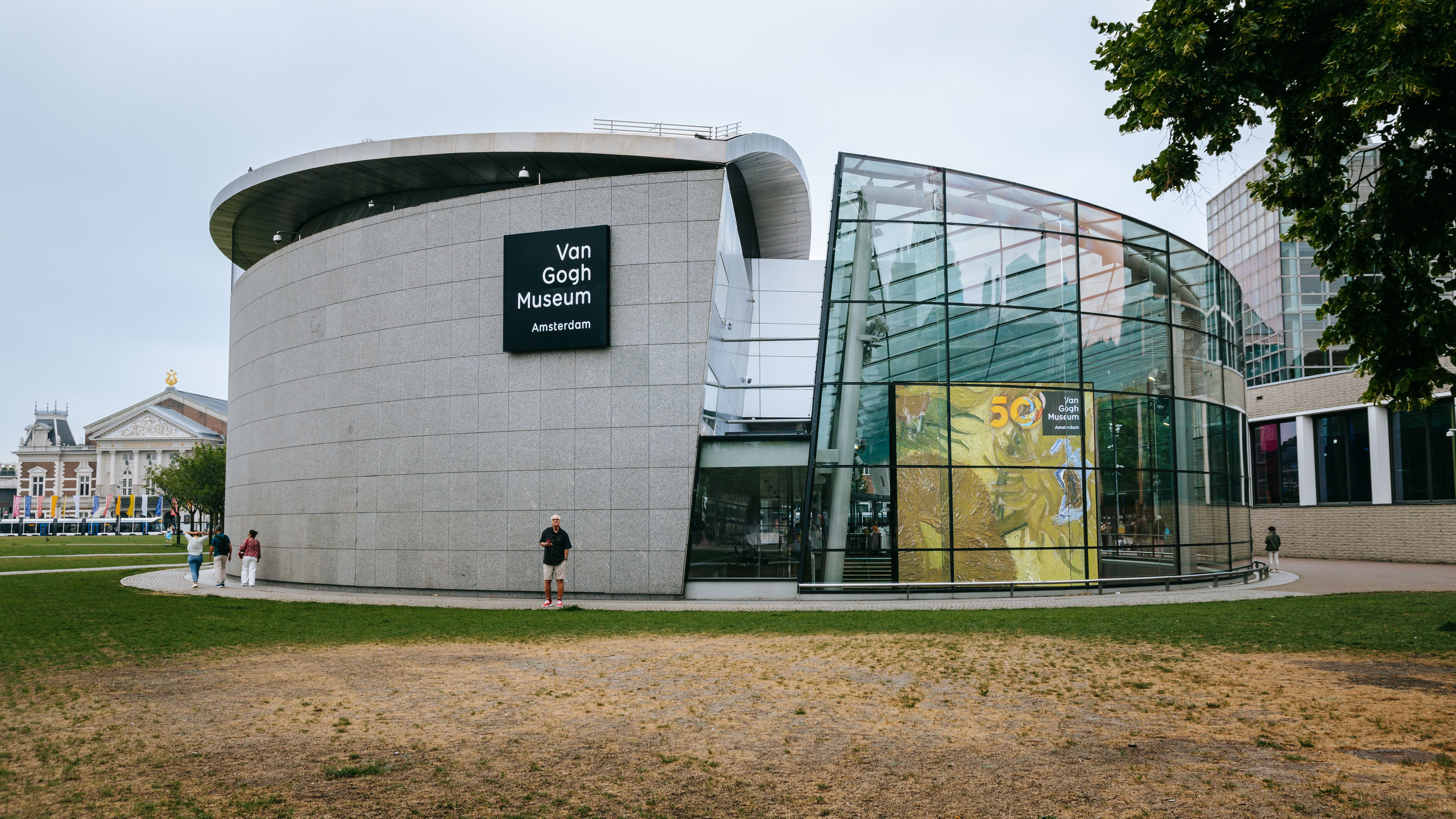
To enjoy a more relaxed experience, visit major museums early in the morning or late in the afternoon when crowds are thinner. For canal cruises, avoid midday when tours are busiest; opt for early morning or twilight cruises.
Exploring less touristy neighborhoods like Jordaan or Amsterdam Noord during peak times helps avoid congestion and offers a more authentic feel.
Respecting Local Culture
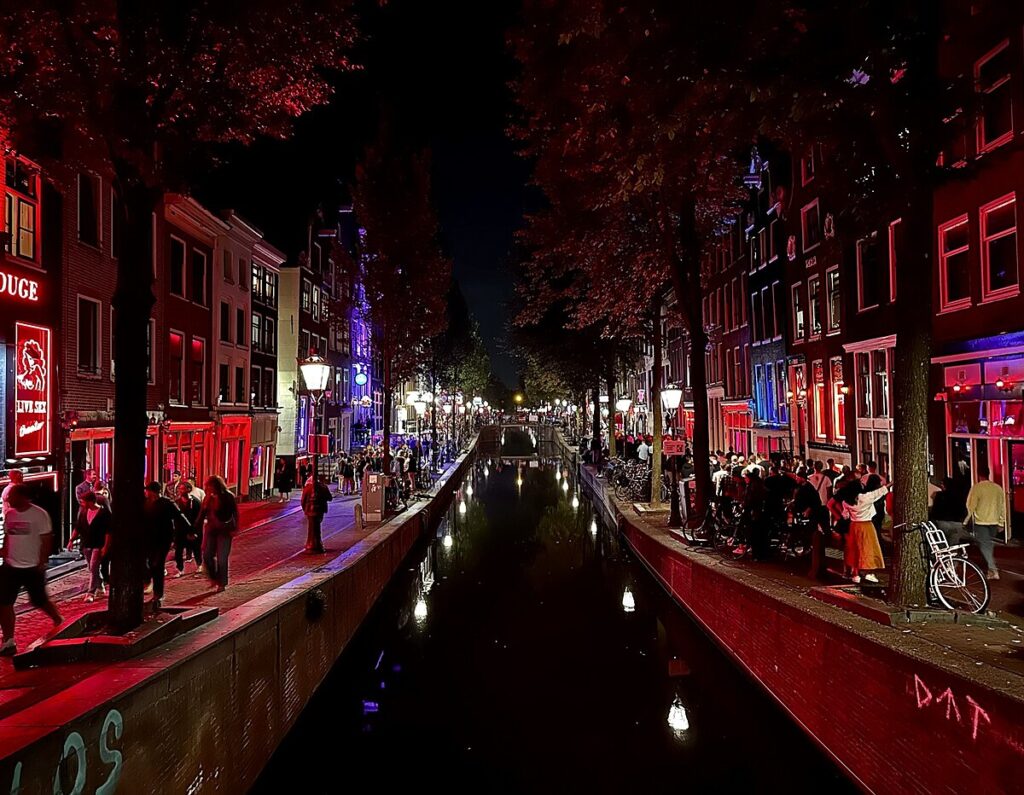
Photography is prohibited inside the Anne Frank House and certain areas of the Red Light District. Respect the privacy of sex workers and avoid taking photos in the Red Light windows.
When visiting coffee shops, be mindful of local customs and laws regarding cannabis use. Always behave respectfully and avoid loud or disruptive behavior to honor the city’s culture.
Safety and Security
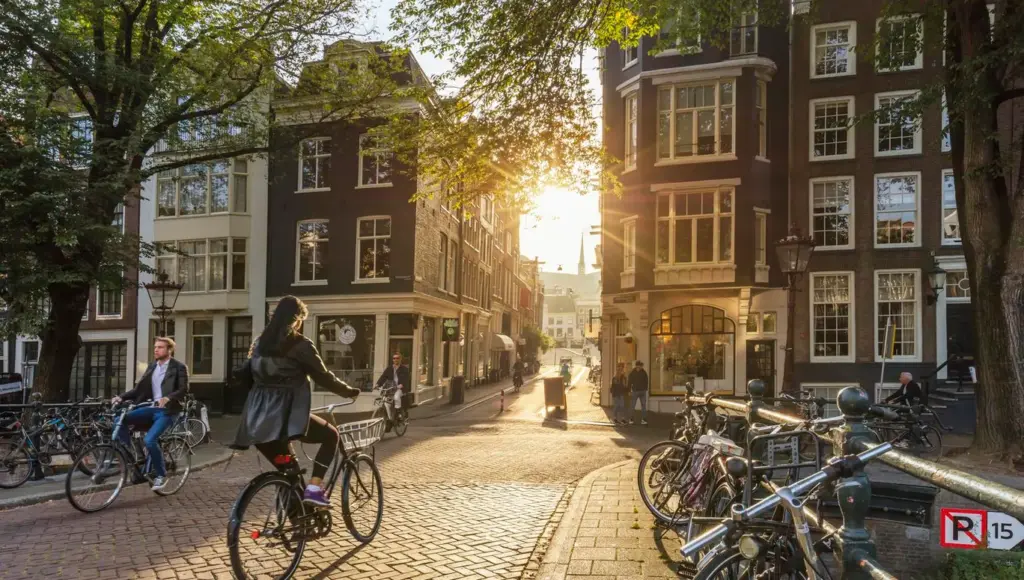
Amsterdam is generally safe, but pickpocketing can occur in crowded areas and on public transport. Keep valuables secure and be aware of your surroundings.
Exercise caution near canals to prevent accidental falls. Avoid walking alone late at night in less populated areas and use well-lit routes.
Always lock bicycles securely to prevent theft.
Money and Payments

While some small vendors may accept cash, cards are widely accepted throughout Amsterdam, including contactless payments. Tipping is customary but modest, typically around 5-10% in restaurants and for tour guides.
ATMs are plentiful; however, check with your bank regarding international fees to avoid surprises.
Day 1: Classic Amsterdam and Iconic Sights
Free Walking Tour of Amsterdam
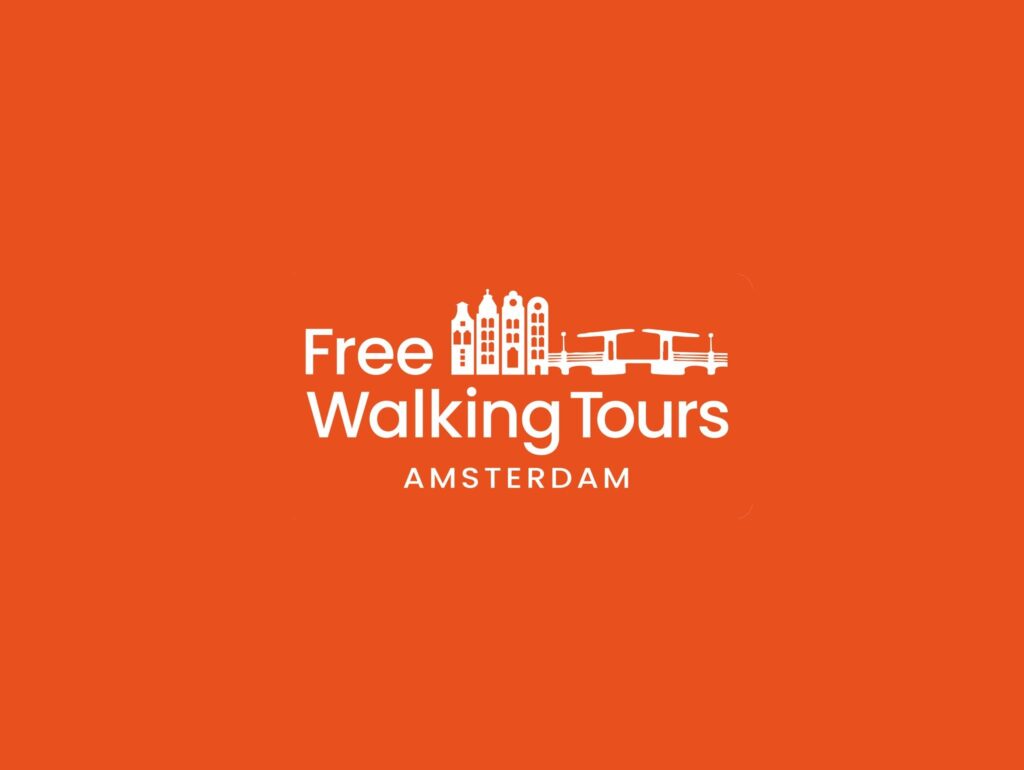
Starting your first day with a free walking tour is an excellent way to orient yourself and absorb Amsterdam’s history and culture. Companies like Free Walking Tours Amsterdam and New Europe offer comprehensive tours covering landmarks, canal history, and city development.
These tours typically last 2-3 hours and are led by passionate local guides who provide insider tips and stories. Though free, it’s customary to tip your guide based on your experience.
Walking tours give you a solid foundation to explore the city independently throughout your stay.
Canal Tour on the Amstel and Grachten
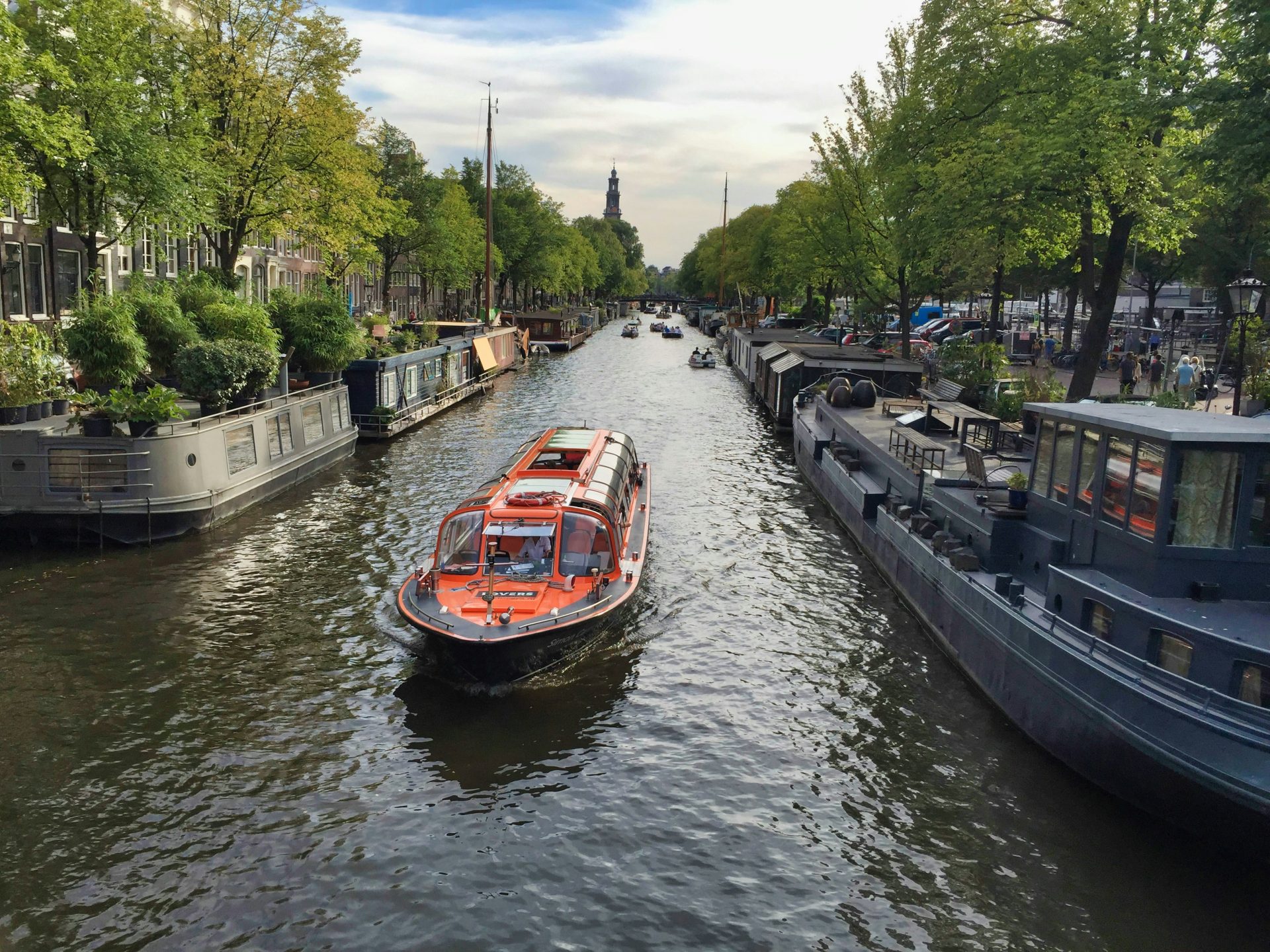
Amsterdam’s canals are its lifeblood and seeing the city from the water is unforgettable. You can choose a private boat rental, which usually costs around 50 EUR per hour and allows you to bring your own snacks and drinks for a personalized experience.
Alternatively, group tours with companies like Flagship Amsterdam offer 60-90 minute cruises for approximately 20-25 EUR per person. These tours pass under numerous bridges, alongside historic canal houses, and provide commentary about the city’s development and architecture.
Van Gogh Museum
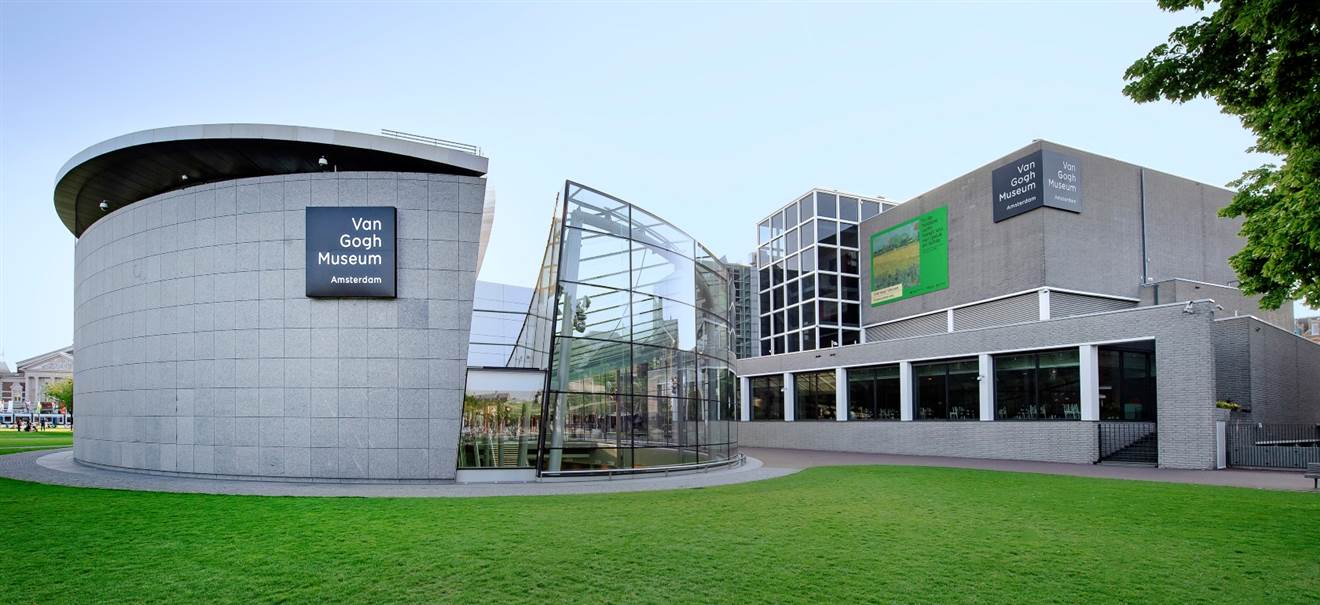
The Van Gogh Museum holds the world’s largest collection of Vincent van Gogh’s paintings, drawings, and letters. Situated on Museumplein, the museum showcases masterpieces such as Sunflowers, The Bedroom, and multiple self-portraits.
The exhibits detail Van Gogh’s life, struggles, and artistic evolution, along with works by contemporaries like Monet and Manet. To avoid long lines, book skip-the-line tickets online and aim to visit in the late afternoon when crowds diminish.
Audio guides enrich the visit with fascinating insights into Van Gogh’s techniques and inspirations.
Rijksmuseum

Next door to the Van Gogh Museum, the Rijksmuseum is the Netherlands’ premier art and history museum. It houses over 1 million objects, with around 8,000 on display, including Dutch Golden Age masterpieces by Rembrandt, Vermeer, and Frans Hals.
The iconic Night Watch by Rembrandt is a highlight. The museum also features decorative arts, historical artifacts, and an impressive library.
Allow 3-4 hours to fully appreciate the exhibits. Tickets and audio guides are available online.
The museum’s garden and grand atrium are also worth exploring.
Vondelpark

Vondelpark is Amsterdam’s largest and most popular park, spanning over 120 acres. Created in 1865, it’s a green oasis perfect for walking, cycling, picnicking, or people-watching.
The park features playgrounds, sports fields, and several cafes, including the famous Café Blauwe Theehuis, a favorite spot for locals to gather. Vondelpark is especially lively in the summer but offers year-round charm.
It’s an ideal place to unwind after a day of sightseeing or to enjoy a casual lunch amidst nature.
Dinner in Jordaan

After a day of classic Amsterdam sightseeing, head to the Jordaan neighborhood for dinner. This area is known for its intimate, canal-side dining with a variety of restaurants to suit all tastes.
Recommended establishments include Jansz, which offers creative Dutch cuisine in a stylish setting; Restaurant Smelt, known for its seasonal menus; and Café George, a cozy spot with a great atmosphere. Reservations are advisable, especially in peak seasons.
Dining in Jordaan lets you soak in the local ambiance and end your day on a high note.
Day 2: History, Neighborhoods, and Local Flavors
Anne Frank House
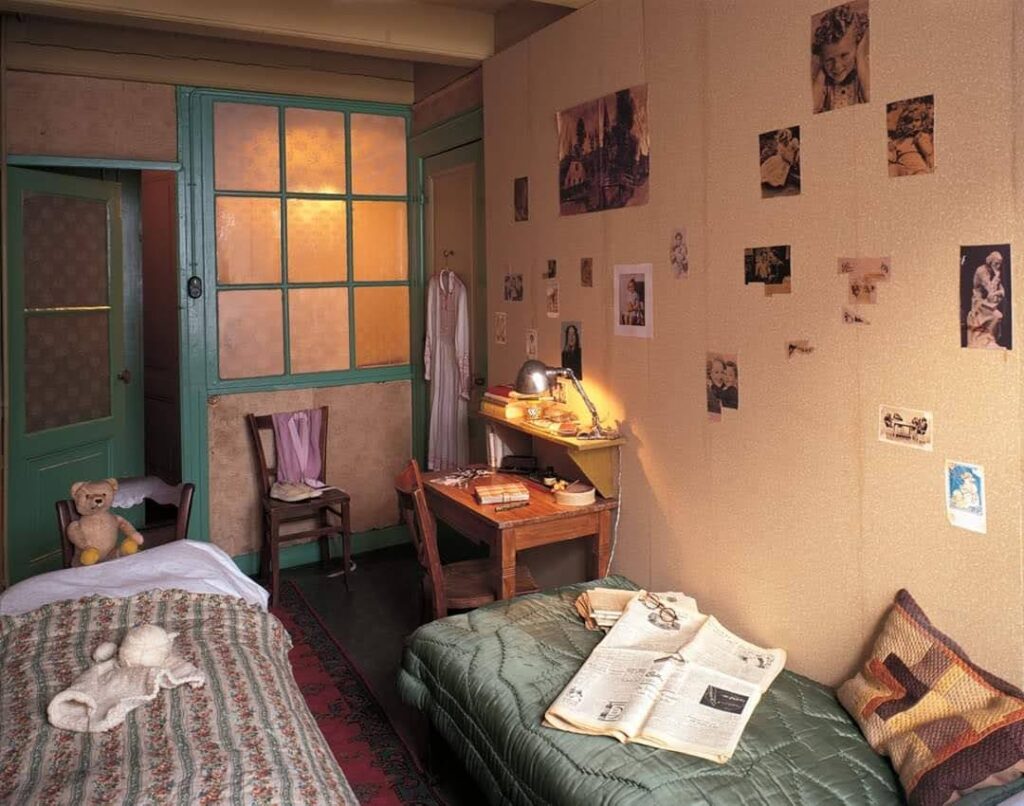
The Anne Frank House is a profoundly moving museum dedicated to the Jewish girl whose diary chronicled her life in hiding during World War II. Located on Prinsengracht canal, the museum includes the original Secret Annex where Anne and her family lived.
Exhibits focus on her diary, the historical context of the Holocaust, and broader human rights themes. Due to its popularity, tickets must be booked online well in advance, often months ahead.
If tickets are sold out, consider joining an expert-led walking tour of the nearby Jewish Quarter, which provides insightful historical context.
Jordaan Neighborhood Exploration
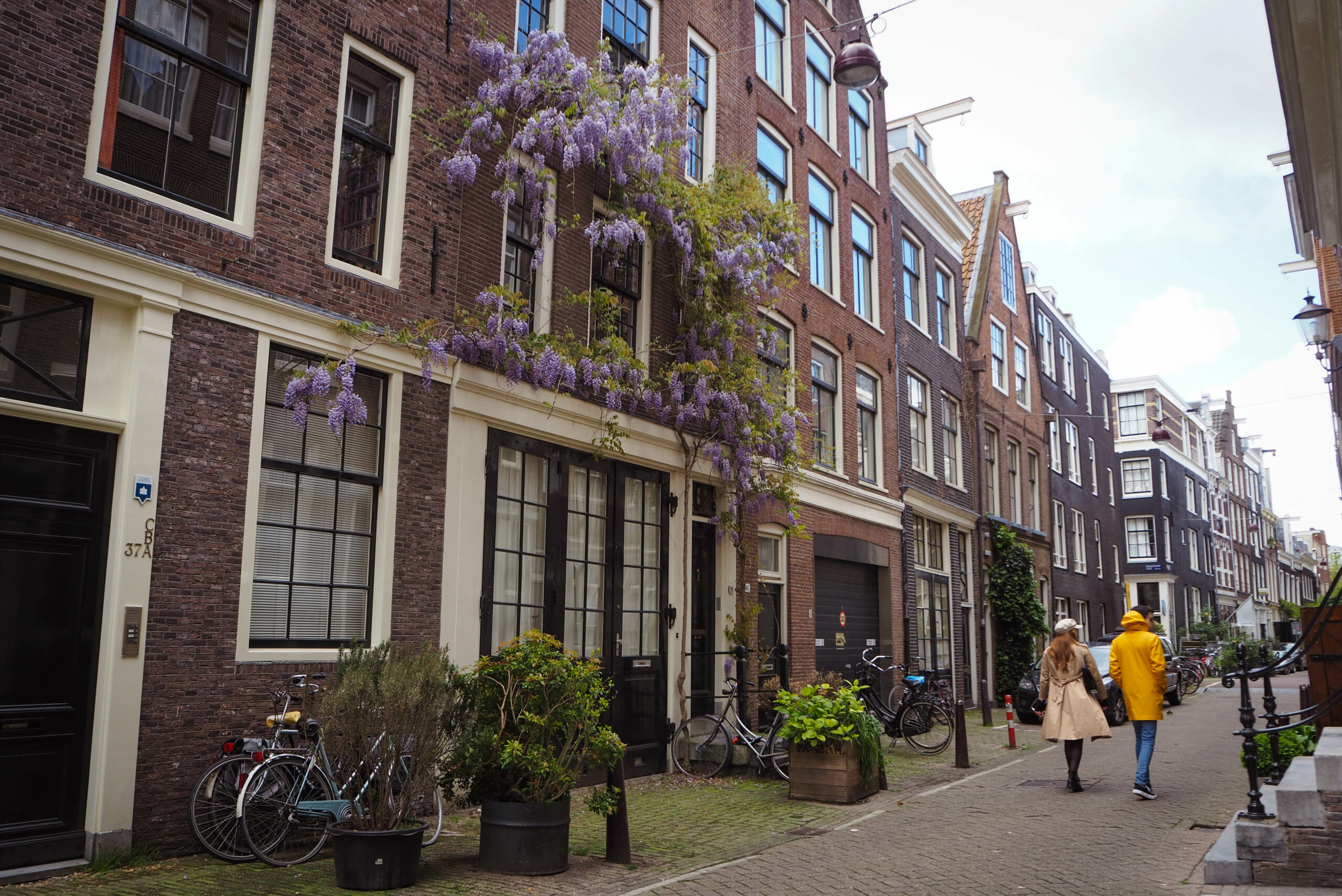
Spend time exploring the Jordaan district beyond dinner. This former working-class neighborhood has evolved into a trendy enclave with narrow streets, art galleries, boutique shops, and charming cafes.
It’s a great place to soak in local life away from the busiest tourist spots. Food lovers should try Moeders for traditional Dutch cuisine and Winkel 43, famous for its apple pie.
The area’s peaceful canals and hidden courtyards offer a perfect setting for leisurely walks and discovery.
Tulip Museum

Nestled in the basement of a tulip shop, the Tulip Museum is a small but fascinating spot that tells the story of tulips in the Netherlands, including the economic phenomenon known as Tulip Mania in the 17th century. Admission is just 5 EUR, and the museum is rarely crowded, making it an excellent off-the-beaten-path attraction.
Through exhibits and historical artifacts, you’ll learn about the cultural significance and global impact of the tulip trade.
Foodhallen

Foodhallen is an indoor food market located in Amsterdam West, featuring a wide array of vendors offering international and local dishes. This bustling venue is popular with locals and tourists alike for casual dining.
Favorite stalls include Viet View for Vietnamese street food, Le Big Fish for seafood, and Friska for healthy options. Be prepared for crowds at lunch and dinner hours.
Foodhallen is ideal for sampling diverse flavors in a lively, social atmosphere.
Amsterdam History Museum

The Amsterdam History Museum offers an extensive look into the city’s development from its origins to modern times. Exhibits include relics, paintings, maps, and interactive displays, including a captivating computer graphic showing Amsterdam’s expansion over the centuries.
A visit here can take 3-4 hours to fully appreciate. The museum provides deep insights into the social, economic, and cultural forces that shaped Amsterdam.
Red Light District (De Wallen)
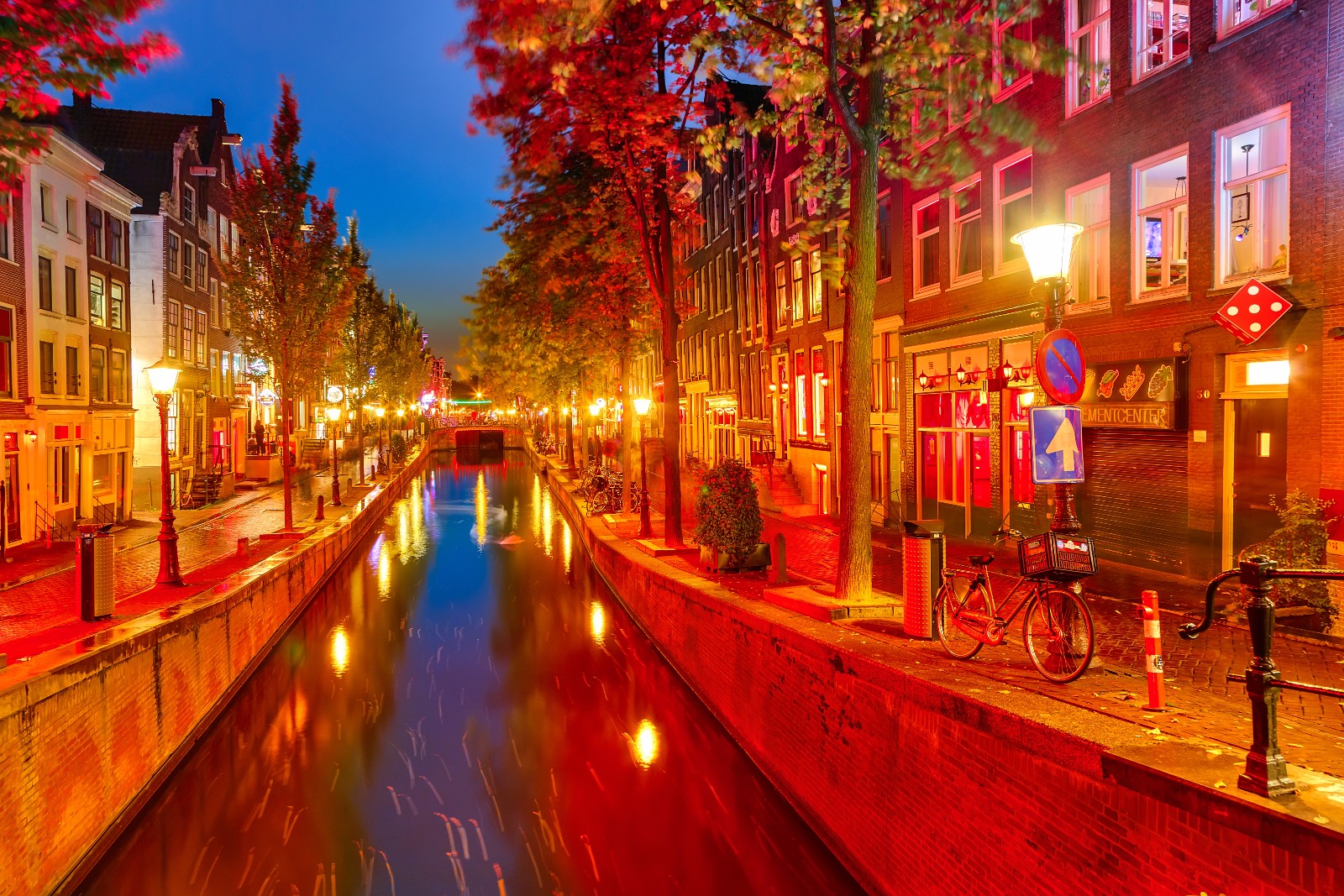
The Red Light District, or De Wallen, is one of Amsterdam’s oldest and most infamous neighborhoods. By day, it is relatively quiet and resembles a regular residential area despite the iconic red-lit windows.
At night, it becomes lively and crowded with tourists. Visitors should behave respectfully, especially refraining from photographing sex workers.
Museums like Red Light Secrets provide educational perspectives on the district’s history. For a safe visit, explore during daylight or early evening hours.
Evening in Leidseplein

Wrap up your day with an evening in Leidseplein, Amsterdam’s vibrant entertainment hub. The square is surrounded by theaters, bars, and restaurants.
Recommended dining options include Restaurant Watergang for gourmet seafood, Momo Bar & Lounge for Asian fusion, and the iconic Hard Rock Café. Leidseplein is also lively after dark, making it great for nightlife and people-watching.
Day 3: Culture, Bikes, and Hidden Gems
Bike Tour of Amsterdam
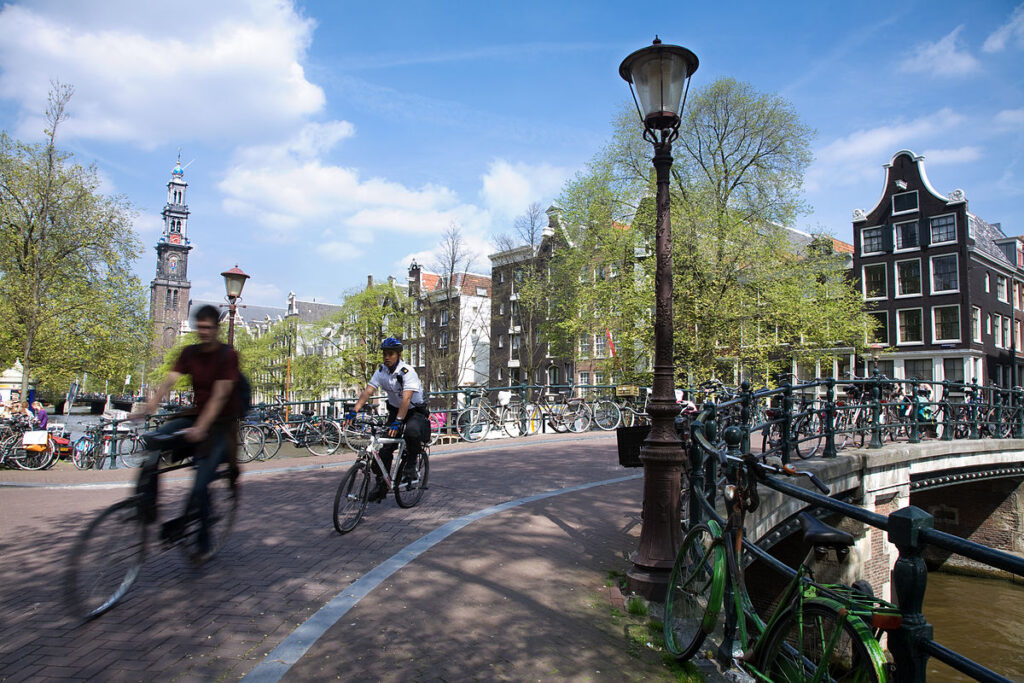
Biking is synonymous with Amsterdam life, and a guided Bike Tour is a fantastic way to see both iconic sights and hidden neighborhoods while learning about the city’s culture and history. Mike’s Bike Tours offers popular 2.5-hour tours costing approximately 34.50 EUR, suitable for all levels.
The bike tour typically covers canals, parks, and local markets, offering a dynamic and immersive experience you won’t get on foot.
Museum Amstelkring (Our Lord in the Attic)

Our Lord in the Attic is a unique museum housed inside a 17th-century canal house, featuring a clandestine Catholic church built during Protestant rule. The hidden church, located in the attic, is beautifully preserved with original furnishings and artwork.
This museum offers insight into Amsterdam’s history of religious tolerance and is a peaceful, intimate space that contrasts with the bustling city outside.
Rembrandt House Museum
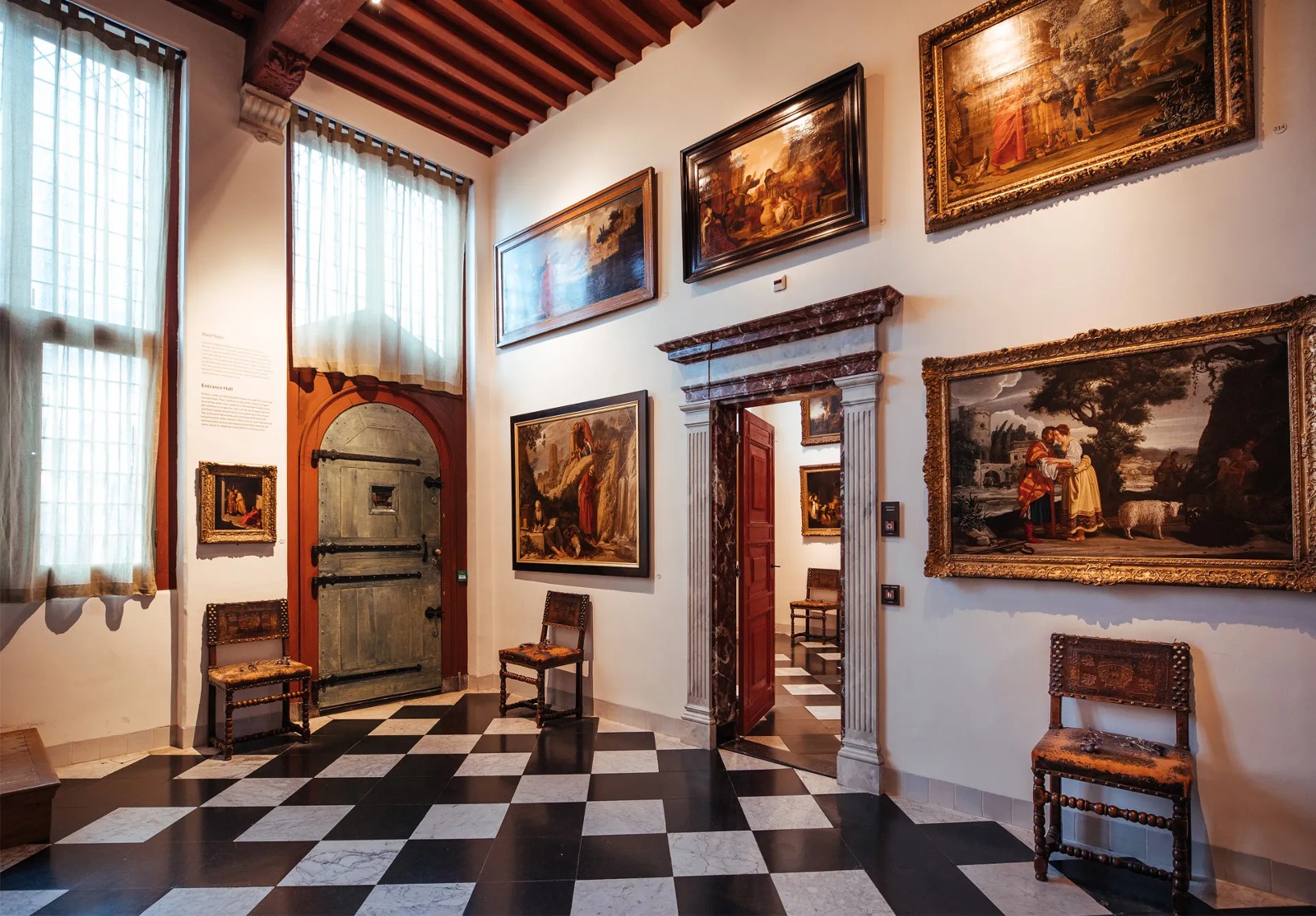
The Rembrandt House Museum is the former home and studio of Rembrandt van Rijn, one of the greatest Dutch painters. The house has been restored to reflect its 17th-century appearance, complete with period furnishings and art displays.
Visitors can explore Rembrandt’s living space and learn about his artistic process. While it may appeal more to art enthusiasts, the museum provides a tangible connection to Amsterdam’s Golden Age.
Jewish Historical Museum
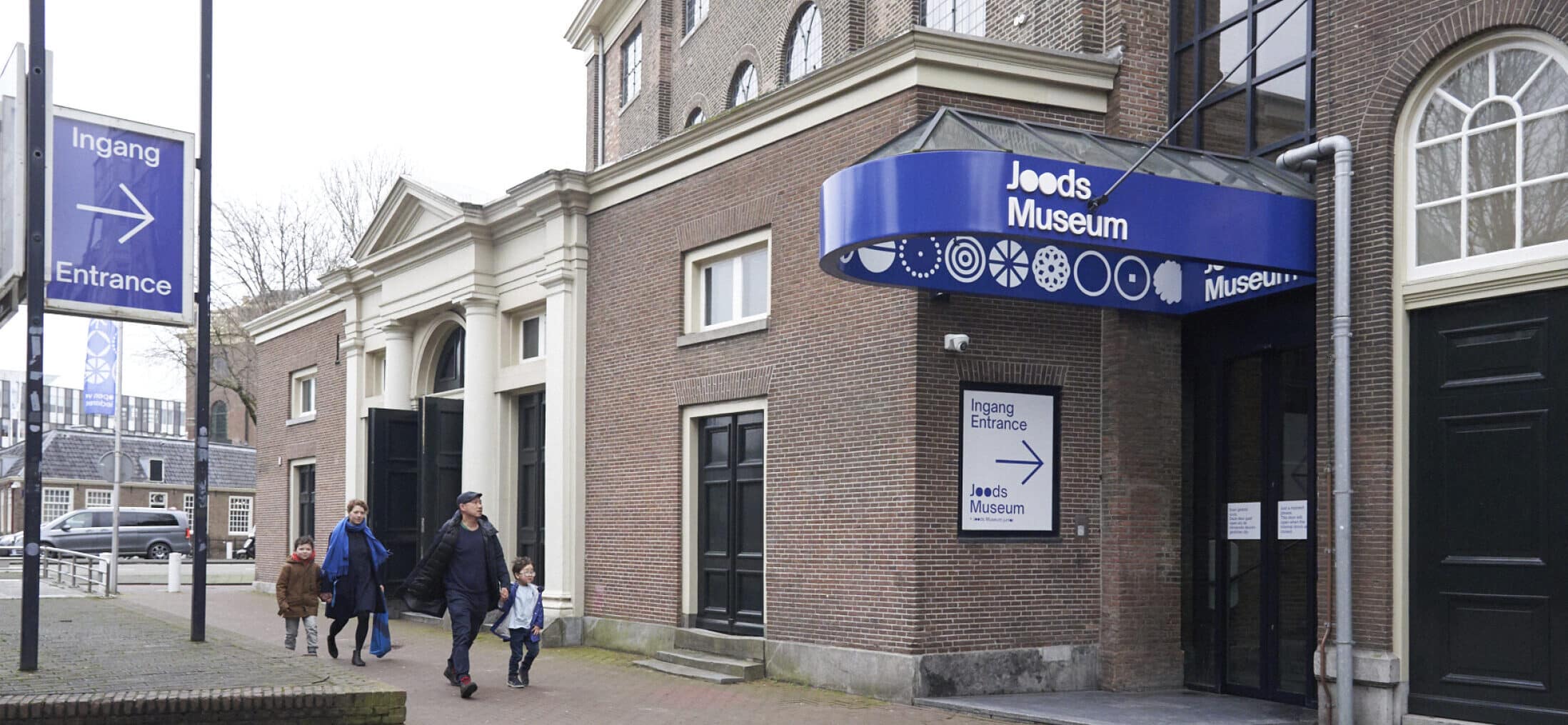
The Jewish Historical Museum documents the rich history of Jewish life in Amsterdam and the Netherlands. Its collections include 11,000 items, focusing on cultural heritage, World War II, and the Holocaust.
The museum offers a comprehensive, thoughtful look at Jewish contributions and struggles, often considered more detailed than the Anne Frank House in contextualizing the community’s history.
Oosterpark
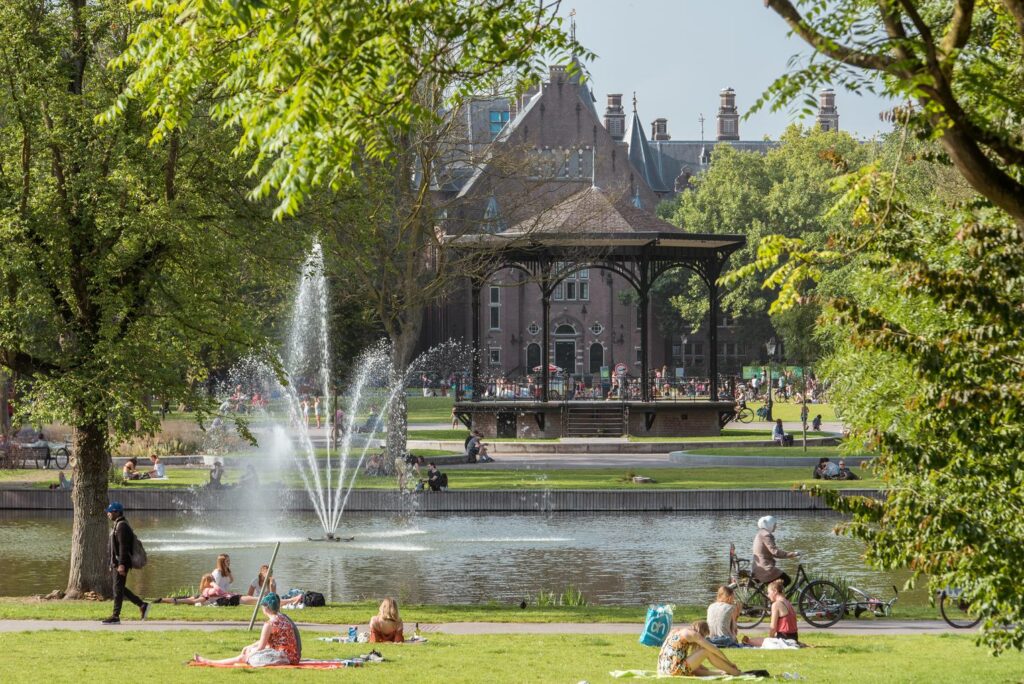
Oosterpark is a tranquil park east of the city center, less crowded than Vondelpark but equally beautiful. It features ponds, sculptures like the National Slavery Monument, playgrounds, and open spaces perfect for picnics or quiet walks.
The 30-minute walk from the center passes through residential neighborhoods, offering a glimpse of everyday Amsterdam life. Oosterpark is ideal for those seeking a peaceful retreat.
Dinner and Evening Suggestions
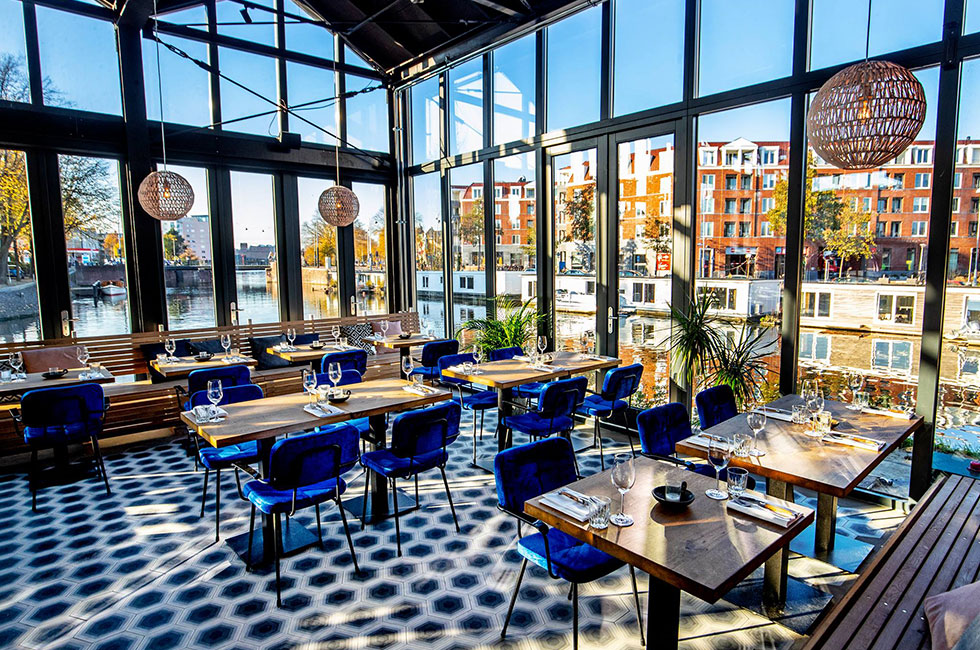
For your final evening, consider dining at traditional brown bars or contemporary restaurants in Amsterdam Oost. This area offers a lively yet local atmosphere with options ranging from classic Dutch pubs to modern eateries.
Alternatively, explore alternative art tours or catch live music at intimate venues to experience Amsterdam’s creative energy and nightlife beyond the tourist trail.
Additional Sections
What to Do With More Time in Amsterdam
Day Trip to Haarlem
:max_bytes(150000):strip_icc()/GettyImages-726782617-5949239c3df78c537bd29b47.jpg)
Haarlem is a charming medieval town just 15 minutes by train from Amsterdam. Known for its historic architecture, outdoor markets, and relaxed atmosphere, Haarlem offers a quieter alternative to the capital’s hustle.
The Corrie ten Boom House is a notable museum dedicated to WWII resistance efforts. Train tickets cost 4-8 EUR, making it an easy and rewarding day trip.
Visit the Windmills and Zaanse Schans

Located near Amsterdam West, the Zaanse Schans open-air museum features eight historic windmills, traditional crafts like clog-making, and cheese markets. The nearby De Gooyer brewery windmill is a popular stop.
Guided tours often include transport and provide cultural context. This area offers a quintessential Dutch experience just a short ride from the city.
Alternative Museums and Attractions
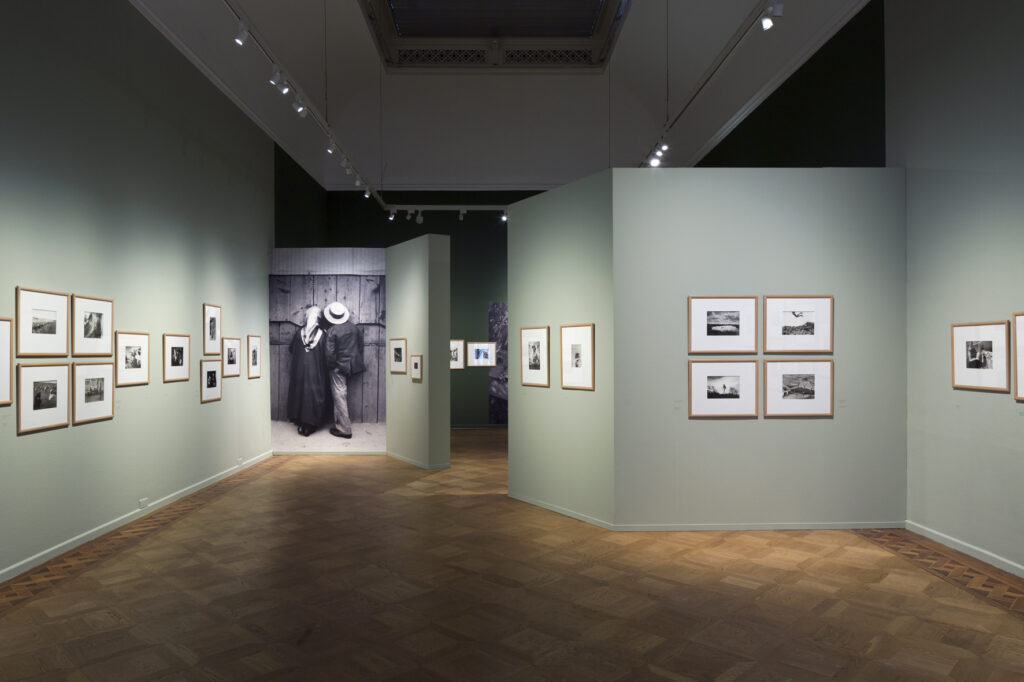
- FOAM Photography Museum – A contemporary photography museum with rotating exhibitions.
- Museum Van Loon – A historic canal house showcasing art and period furnishings.
- Houseboat Museum – Provides insight into canal living aboard a decorated houseboat.
- Stedelijk Museum – Focuses on modern and contemporary art with works by Warhol and Pollock.
What to Do With Less Time in Amsterdam
One-Day Condensed Itinerary
- Early morning visit to Anne Frank House.
- Midday canal cruise for a city overview.
- Afternoon at Rijksmuseum or Van Gogh Museum.
- Evening stroll in Jordaan with dinner.
Getting To and From Specific Areas
Airport to City Center
From Schiphol Airport, the train to Amsterdam Centraal Station is the fastest and most economical option. Trains run every 10-15 minutes, and the journey takes about 15-20 minutes.
Taxis and Uber are available but more expensive. For convenience, buy tickets at airport machines or use contactless payment cards.
Amsterdam Noord
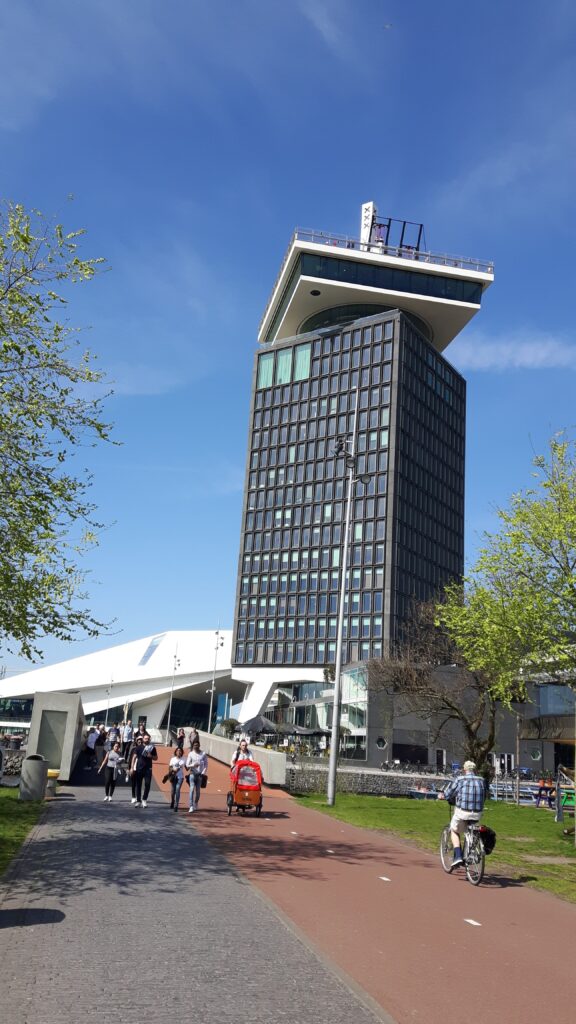
Accessible via a free ferry from Centraal Station, Amsterdam Noord offers a hip, less touristy area with attractions like A’DAM Lookout and the EYE Film Museum. The ferry runs frequently and carries bikes, making it easy to explore this up-and-coming neighborhood.
Museumplein
Museumplein is well-served by trams connecting it to the city center, De Pijp, and other neighborhoods. Walking from Rijksmuseum to Van Gogh Museum is convenient, and Vondelpark is a short stroll away.
Tram tickets or multi-day GVB passes provide easy access.
Seasonal Considerations
Spring: Best for tulip season and outdoor activities; mild weather.
Summer: Warm but crowded; numerous festivals.
Fall: Beautiful foliage and fewer tourists; cozy atmosphere.
Winter: Cold with Christmas markets and indoor attractions; quieter city.
Budgeting for Your Trip
| Expense Category | Approximate Cost (EUR) | Tips to Save Money |
|---|---|---|
| Accommodation | 80-200 per night | Book early, consider hostels or budget hotels |
| Museum Tickets | 10-30 per site | Use I Amsterdam City Card or book combined tickets |
| Food & Drink | 10-40 per meal | Eat at food halls, street markets, or local cafes |
| Transportation | 8-20 per day | Buy multi-day GVB or OV-Chipkaart passes |
| Canal Tour | 15-50 per tour | Choose smaller or self-guided tours for better value |
FAQ Section
How far in advance should I book tickets for Anne Frank House?
Tickets for the Anne Frank House are released online every Tuesday at 10 AM local time, approximately six weeks in advance. Due to high demand, they often sell out within minutes.
To secure a spot, plan to book as soon as the tickets go live. If you miss out, occasional last-minute tickets may be available but are rare.
Booking well ahead is highly recommended to avoid long waits or missing out entirely.
When is the best time to visit Van Gogh Museum to avoid crowds?
The Van Gogh Museum tends to be busiest during midday and early afternoon. To avoid crowds, visit early in the morning when it opens or late in the afternoon, especially on weekdays.
Booking skip-the-line timed tickets allows you to select less crowded time slots. Visiting during the shoulder seasons (spring and autumn) also helps reduce crowd density.
Can I buy canal cruise tickets on the spot or should I book in advance?
You can purchase canal cruise tickets on the spot at many departure points, especially during off-peak times. However, during peak tourist seasons or weekends, boats can fill up quickly.
Booking in advance ensures your preferred time and type of cruise. For specialty cruises (wine & cheese, dinner, or private tours), advance booking is essential.
Is Amsterdam safe for solo female travelers?
Yes, Amsterdam is generally safe for solo female travelers. The city is friendly, with good public transport and well-lit streets.
Usual urban precautions apply, such as watching belongings, avoiding poorly lit areas late at night, and being cautious around busy tourist spots. The city embraces diversity and offers many solo traveler-friendly accommodations and activities.
Are bicycles safe and easy to rent in Amsterdam?
Renting bicycles in Amsterdam is safe and highly recommended for getting around like a local. Many rental shops provide sturdy city bikes with locks and give safety instructions.
Be aware of busy bike lanes and traffic rules. Always lock your bike securely to prevent theft.
Following local cycling etiquette ensures a smooth experience. Bike rentals typically cost 15-25 EUR per day.
What is the difference between coffee shops and cafés in Amsterdam?
Coffee shops in Amsterdam are establishments licensed to sell cannabis products for on-site use, whereas cafés serve traditional coffee, tea, and snacks without cannabis. Coffee shops are regulated and have age restrictions (18+).
Cafés are common meeting places for locals and tourists seeking regular beverages and light meals.
Can I visit the Red Light District with children?
While the Red Light District is a public neighborhood, it has adult-oriented activities not suitable for children. Families can visit during daytime when the area is quieter and less focused on nightlife.
However, discretion is advised, and some parents prefer to avoid this area with children. There are many other family-friendly attractions in Amsterdam to explore.
What are the best neighborhoods to stay in for first-timers?
For first-time visitors, the Jordaan, Museumplein, and City Center/Dam Square areas are excellent choices. Jordaan offers charm and local atmosphere, Museumplein provides proximity to major museums and green spaces, and the City Center keeps you close to key attractions and nightlife.
Each neighborhood has a range of accommodation options to suit different budgets.
How do I get from Schiphol Airport to the city center?
The easiest and fastest way is by train from Schiphol Airport to Amsterdam Centraal Station, with journeys every 10-15 minutes and a travel time of around 15-20 minutes. Tickets can be purchased at machines or through contactless payment.
Taxis and Uber are available but cost significantly more. Public transport is reliable and affordable.
Is the Heineken Experience worth visiting?
The Heineken Experience offers engaging, interactive exhibits about the brewery’s history and beer-making process, ending with beer tastings. While popular, some visitors find it less impressive than traditional brewery tours elsewhere.
If you enjoy beer or want a fun interactive experience, it’s worth a visit, especially with pre-booked tickets. For craft beer lovers, the local Brouwerij ’t IJ brewery is a recommended alternative.
What are the alternatives to the Van Gogh Museum?
If you cannot get tickets or prefer a different art experience, the Moco Museum offers contemporary and modern art including works by Banksy and Warhol. The Rijksmuseum also houses some Van Gogh paintings and provides a broader historical context.
Smaller galleries throughout the city showcase local and international art as well.
Where can I try traditional Dutch food in Amsterdam?
Traditional Dutch food can be sampled at places like Moeders in Jordaan, known for classic dishes, and De Belhamel near the canals for a more refined experience. Street food markets like Albert Cuyp and Foodhallen offer local snacks such as bitterballen and stroopwafels.
Don’t miss apple pie at Winkel 43 and fries with local sauces from snack bars like FEBO.
Are there any free walking tours available?
Yes, several companies offer free walking tours in Amsterdam, including Free Walking Tours Amsterdam and New Europe. These tours provide valuable historical and cultural insights, with the guide’s tip being the primary compensation.
It’s a great way to get oriented and learn about the city’s rich heritage.
Can I visit the tulip fields within Amsterdam?
While tulip fields are not located within Amsterdam itself, you can visit nearby locations like Keukenhof Gardens and the surrounding flower fields in Lisse via day trips or organized tours. Within the city, the Bloemenmarkt (floating flower market) is a colorful spot to see and purchase tulip bulbs and flowers year-round, though it’s more tourist-oriented.
How do I avoid pickpockets and scams in Amsterdam?
To avoid pickpockets, stay vigilant in crowded areas, especially on public transport, near major attractions, and in busy neighborhoods like the Red Light District. Keep valuables secure, avoid displaying expensive items, and be cautious of distractions.
Be wary of anyone posing as a police officer asking for money or personal information, as official officers never request cash. Use hotel safes and travel insurance for added security.
Conclusion
Amsterdam offers a rich tapestry of experiences that blend history, culture, art, food, and vibrant local life. This detailed three-day itinerary balances must-see landmarks like the Anne Frank House, Van Gogh Museum, and Rijksmuseum with lesser-known neighborhoods such as Jordaan and Amsterdam Noord.
You’ll find opportunities to relax in expansive parks like Vondelpark and Oosterpark, savor diverse culinary delights, and explore the city’s iconic canals by boat or bike.
For first-time visitors, I recommend securing tickets for popular museums well in advance and embracing Amsterdam’s bike culture to maximize your time. Remember to be respectful in sensitive areas like the Red Light District and mindful of safety around canals and busy streets.
This itinerary encourages you to go beyond the typical tourist paths and discover the authentic charm of Amsterdam’s neighborhoods and local hotspots.
Three days is just the beginning of what this dynamic city can offer. Whether you’re drawn by art, history, or simply the joy of wandering its canals and markets, Amsterdam invites you to come back again and again.
I hope this guide helps you plan an unforgettable visit filled with rich memories and genuine connections to one of Europe’s most beloved cities.


